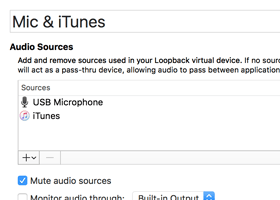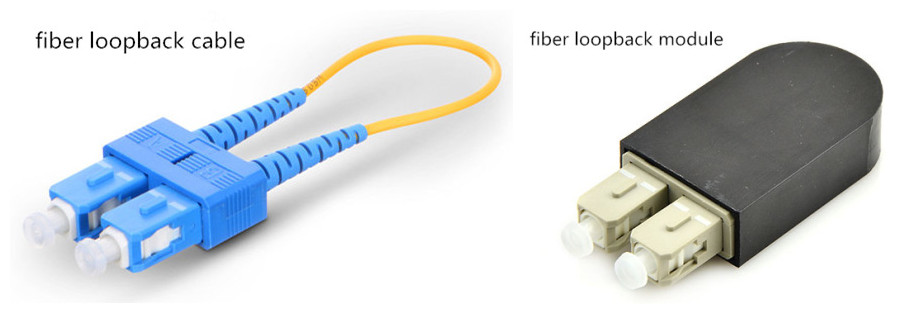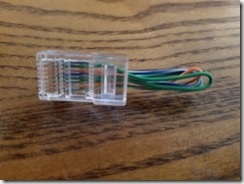
This gives you around 30Hz low cut which you will probably never notice. It is already loaded by a 10k so into the mixer it sees 5k. You may, of course, make up the losses with your channel preamp and EQ, but it's important to realize the implications - and isn't it so much easier to use a Hi-Z buffer anyway?Ī classic Tube Screamer TS808 has a massive 10uF (10000nF) output capacitor. How about an MXR Phase45? 47nF capacitor - its output impedance is raised by a passive wet/dry resistor for around -6dB loss but the low cut will be from 170Hz. An additional implication is that the output also provides the Wha effect feedback control via the pedal pot so loading the output can affect the tone.Ī Marshall Bluesbreaker pedal has a 100nF output capacitor. So you can freely experiment with pedal chain order, it's going to be worth having that Hi-Z input to the mixer at all times.Ī classic Cry Baby Wah has an output capacitor of 220nF, but also it's output impedance is somewhere south of 20k so you lose over 6dB level into 10k. There will definately be some true-bypass pedals that can drive Lo-Z when active, but when it is in bypass, any preceding pedal then also has to be able to drive Lo-Z. Since pedals are unbalanced, a DI with Hi-Z in and balanced out with a ground lift option is an even better option.
#How to make a loopback cable stereo driver
Even when on bypass, it will still act as a line driver to a Lo-Z input. If you don't have a Hi-Z input, put a buffered bypass pedal last in the chain. So to take no chances, return to a Hi-Z channel. Many pedals with electronic buffered bypass switching like the Boss ones can usually drive a mixer input, but there are many other true bypass pedals that won't stand a chance driving 10k. Normal guitar amp inputs are 1000000 ohm.



The output of a guitar pedal normally sees a high impedance load either the amp or another pedal, but normal mixer ins are often 10000 ohm. The mixer might easily overdrive the pedal, but you can always turn the send level down. Guitar pedal input are usually high impedance and high sensitivity. Loss of bass and/or volume if you aren't careful. It's the return to the mixer where most trouble may be had.


 0 kommentar(er)
0 kommentar(er)
